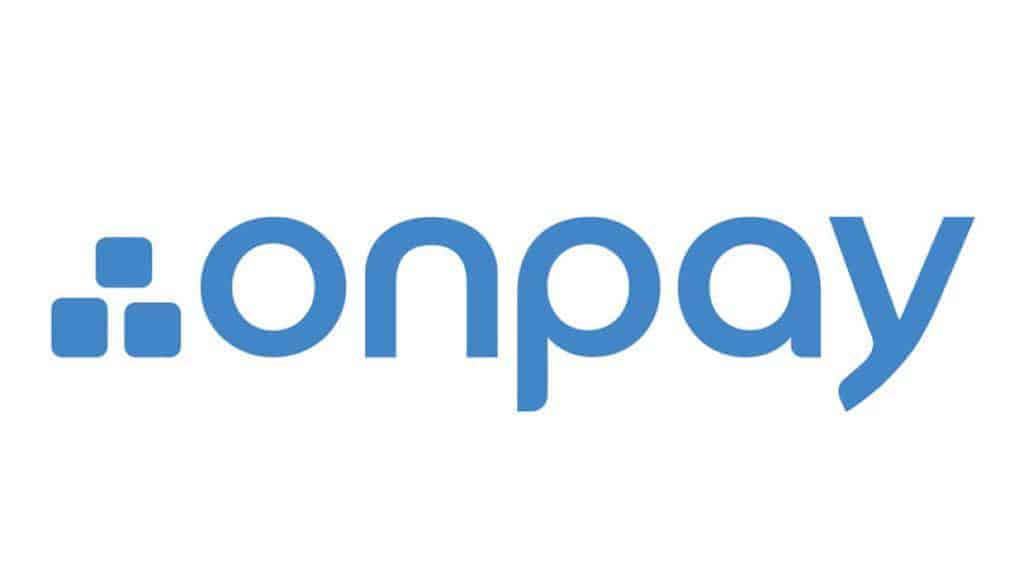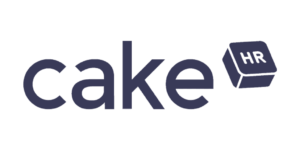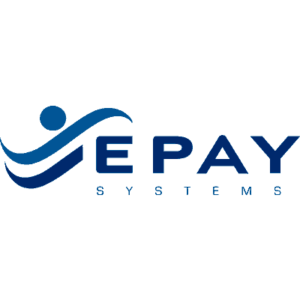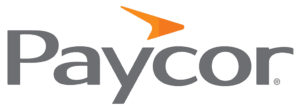- Payroll Processing
- Tax Management
- Accrual Management
- Benefits Management
- Employee Portal
- HR Features
- Employee Database And Document Management
- Resource Library
- Reports
1. Payroll Processing
OnPay allows you to run unlimited payrolls. It has four main pay types with a plethora of customizable subtypes that you can set up according to your business needs. Once you have set these up and assigned them to your employees, running payroll on OnPay is a simple process. The payroll dashboard allows you to run payroll for a few or all your employees at once. You can also add pay types or adjust deductions for each employee without having to leave the payroll dashboard, which is a great time-saving feature.
The software then does all the calculations even if you have multiple pay rates, and presents you with net amounts for each employee, complete with details such as wages, deductions, taxes, and withholdings. Importantly, OnPay has an inbuilt warning system that alerts you if it detects any mistakes in payroll. Once you have approved a payment, you can either print out checks or pay your employees using your debit card or directly deposit to their bank accounts from within the software.
2. Tax Management
When it comes to tax management, the software does all the heavy lifting for you. It takes care of federal, state, and local taxes by not only calculating them for you, but also filling out, filing, and paying the calculated amounts to the proper agencies. These services come at no extra cost, and you can also print out the filed forms for free. However, if you want the software to print and mail them directly to your employees, you will need to pay an additional $6 per employee. Impressively, the company assumes responsibility for any errors that may occur when filing taxes, going so far as agreeing to pay any fines that may ensue.
3. Accrual Management
OnPay has three types of accruals: ‘Paid time-off’ (PTO), vacation, and sick days. You can create custom accrual and PTO policies based on multiple factors such as seniority, location, or employee type. The software then automatically calculates each employee’s PTO and adds them to their total accrued hours every time you run payroll. The PTO calendar gives managers an overview of ongoing and upcoming employee PTO days, which is a helpful feature. The platform also allows employees to make PTO requests from within the software.
4. Benefits Management
One of OnPay’s standout features is its excellent benefits management tool, with which you can offer your employees multiple benefits. First, OnPay is a licensed insurance agency with tie-ups with most major providers such as Aetna, Guardian, and United Healthcare. What’s more, the software has a team of licensed agents who will help you zone in on a plan that fits your budgets!
Secondly, OnPay partners with three 401K providers – America’s Best, Guideline, and Vestwell – which means that you can offer your employees retirement benefits. The software takes care of all associated administrative tasks such as compliance and liability testing, as well as adding employees to your chosen plan.
Lastly, you can avoid liability and keep your employees covered at the same time using OnPay’s Workers’ Compensation plans. Importantly, these plans follow a pay-as-you-go model, so you don’t need to make lump-sum payments upfront. The software automatically takes care of calculations, such as deductions and premiums, as well as tasks such as notifying providers, when you hire a new team member irrespective of the benefits you offer your employees. It also automatically syncs all the data with payroll, so you don’t miss anything when you run one.
5. Employee Portal
OnPay boasts of a robust self-service portal that gives employees a lot of accessibility and flexibility, and team members can access and update all their personal information. Additionally, they can track their wages or year-end tax forms, view time accrued, and print out pay stubs on their own. Another functionality of the employee portal is that associates can adjust any voluntary payroll deductions such as 401K or health insurance benefits to suit their needs.
6. HR features
The software has several HR automation features that ensure a smooth onboarding process for new hires. For one, you can set up customized onboarding checklists that ensure you always follow due process. If you miss a step, the app will notify you of it. This way, you can automate repetitive tasks such as setting up training for new employees or assigning an onboarding buddy to them. The app also has a selection of pre-designed templates to draft important documents from offer letters to contracts and NDAs.
A great time-saving feature on OnPay automatically passes on information as well as data on an employee, such as their social security number, to your state government as required by law every time you make a new hire. Its other HR features include in-app messaging that managers can use to send reminders or disciplinary notes to employees and an organizational chart builder that lets you structure your business.
7. Employee Database And Document Management
This platform stores all your salaried and contractor employee information in one central database. With each employee file, you can store pertinent information such as contact data, banking details, start date, current wage, deductions, and even a short bio. The software’s database manager also attaches all tax forms such as I-9s and W-4s and annual reviews or citations done by managers to an employee’s file.
Similarly, the app stores all important documents such as contracts, offer letters, resumes, and signed tax forms securely in one location for easy access. The document manager even stores direct messages between managers, employees, and admins for you to review later. Crucially, OnPay has six levels of user permissions. This way, you can ensure that while all employees have access to their personal files, only authorized personnel are able to access to sensitive documents.
8. Resource Library
You can use the app’s selection of legal templates to create a resource library filled with materials such as an employee handbook, field guides, and staff manuals. Also, you can use this to institute company policies and accepted practices. This will not only let your employees know what is expected of them but will also empower them to seek out this information on their own and protect you from liabilities.
9. Reports
OnPay has a modest reporting feature. It has over 40 pre-built reports. These range from payroll and employee summaries to accrual listings, workers’ compensation listings, and tax reports. The software also offers these reports in pie chart and bar graph formats. While they are comprehensive, there aren’t a lot of customization options available here except for a few filters, such as department or employee type. Once the reports are generated, you can download them as a PDF or Excel document.




